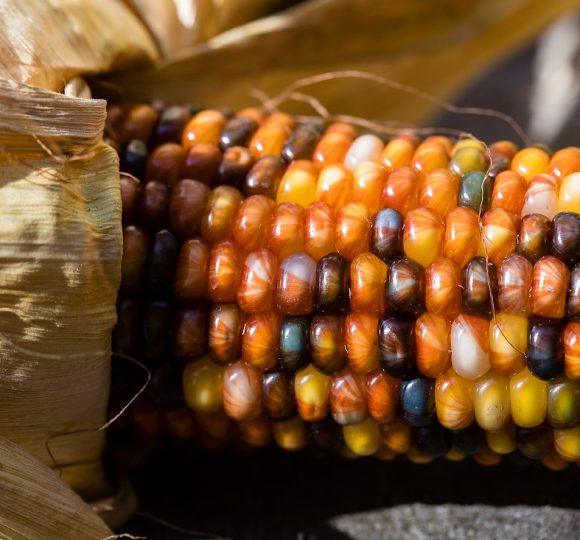This comprehensive overview of local food systems explores alternative definitions of local food, estimates market size and reach, describes the characteristics of local consumers and producers, and examines early indications of the economic and health impacts of local food systems. There is no consensus on a definition of “local” or “local food systems” in terms of the geographic distance between production and consumption. But defining “local” based on marketing arrangements, such as farmers selling directly to consumers at regional farmers’ markets or to schools, is well recognized. Statistics suggest that local food markets account for a small, but growing, share of U.S. agricultural production. For smaller farms, direct marketing to consumers accounts for a higher percentage of their sales than for larger farms. Findings are mixed on the impact of local food systems on local economic development and better nutrition levels among consumers, and sparse literature is so far inconclusive about whether localization reduces energy use or greenhouse gas emissions.
Publications
Local Food Systems: Concepts, Impacts, and Issues
Publication Name
ERS Economic Research Report
Downloadable Documents
Author
Steve Martinez, Michael Hand, Michelle Da Pra
Publisher
Washington, DC: USDA Economic Research Service
Page Numbers
87
Publication Date
May 01, 2010
Publication Type
Reports and Guides
et al. Author(s)
Susan Pollack, Katherine Ralston, Travis Smith, Stephen Vogel, Shellye Clark, Luanne Lohr, Sarah Low and Constance Newman
State
National
Keywords
Local / Regional Food Systems




